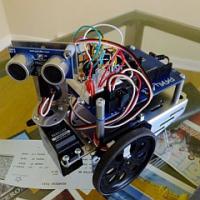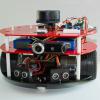I think you'd need a Netduino Plus or Netduino Plus 2. Both do have onboard Ethernet, and as such also will have a MAC address.
Looks like your supplier only sells Netduino and Netduino 2 (no Plus), and they do not have Ethernet, therefore no MAC address,
- mohammedReda likes this



 Find content
Find content Not Telling
Not Telling

 Posted by
Posted by 


